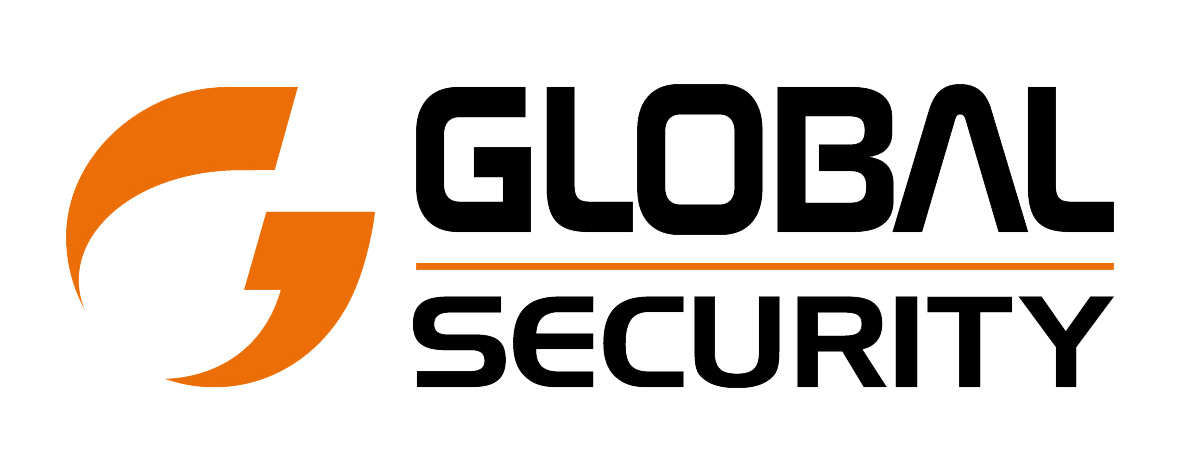Solar Power Systems Vulnerable to Cyber Attacks
Millions of Solar Power Systems Vulnerable to Cyber Attacks, Researchers Warn
Recent research has uncovered a significant number of vulnerabilities in solar power systems, raising alarms about their susceptibility to cyber attacks. As the world increasingly turns to renewable energy sources, the security of these systems becomes paramount.
Key Findings of the Research
A study conducted by cybersecurity experts has revealed that numerous solar energy installations, particularly those using Internet of Things (IoT) devices, have critical security flaws. These vulnerabilities could potentially allow cybercriminals to gain unauthorized access, disrupt energy production, or even compromise the entire power grid.
The Growing Importance of Solar Energy
With a global shift towards sustainable energy solutions, solar power systems are being installed at an unprecedented rate. Governments and businesses alike are investing heavily in solar energy to reduce carbon emissions and combat climate change. However, as the number of installations rises, so does the potential for cyber threats.
Implications of Cyber Vulnerabilities
The implications of these vulnerabilities are far-reaching. If attackers were to exploit these weaknesses, they could not only affect individual solar installations but also disrupt larger networks and impact energy supply on a broader scale. This could lead to significant economic losses and compromise public safety.
Recommendations for Enhanced Security
To mitigate these risks, experts recommend several strategies for enhancing the cybersecurity of solar power systems:
- Regular Software Updates: Manufacturers should provide timely updates to patch known vulnerabilities.
- Robust Authentication Protocols: Implementing strong authentication measures can help prevent unauthorized access.
- Network Segmentation: Isolating critical systems from less secure networks can reduce the risk of a widespread breach.
- Continuous Monitoring: Employing advanced monitoring systems to detect unusual activities can help identify potential threats early.
Conclusion
As solar energy continues to play a crucial role in the global transition to renewable energy, ensuring the security of these systems is essential. Stakeholders in the solar industry must prioritize cybersecurity to protect their investments and maintain the reliability of clean energy sources. With ongoing advancements in technology, it is imperative to stay ahead of potential threats and safeguard the future of solar power.
With these findings, the call to action is clear: both the public and private sectors must collaborate to enhance the cybersecurity framework surrounding solar energy systems, safeguarding them against the growing threat of cyber attacks.

